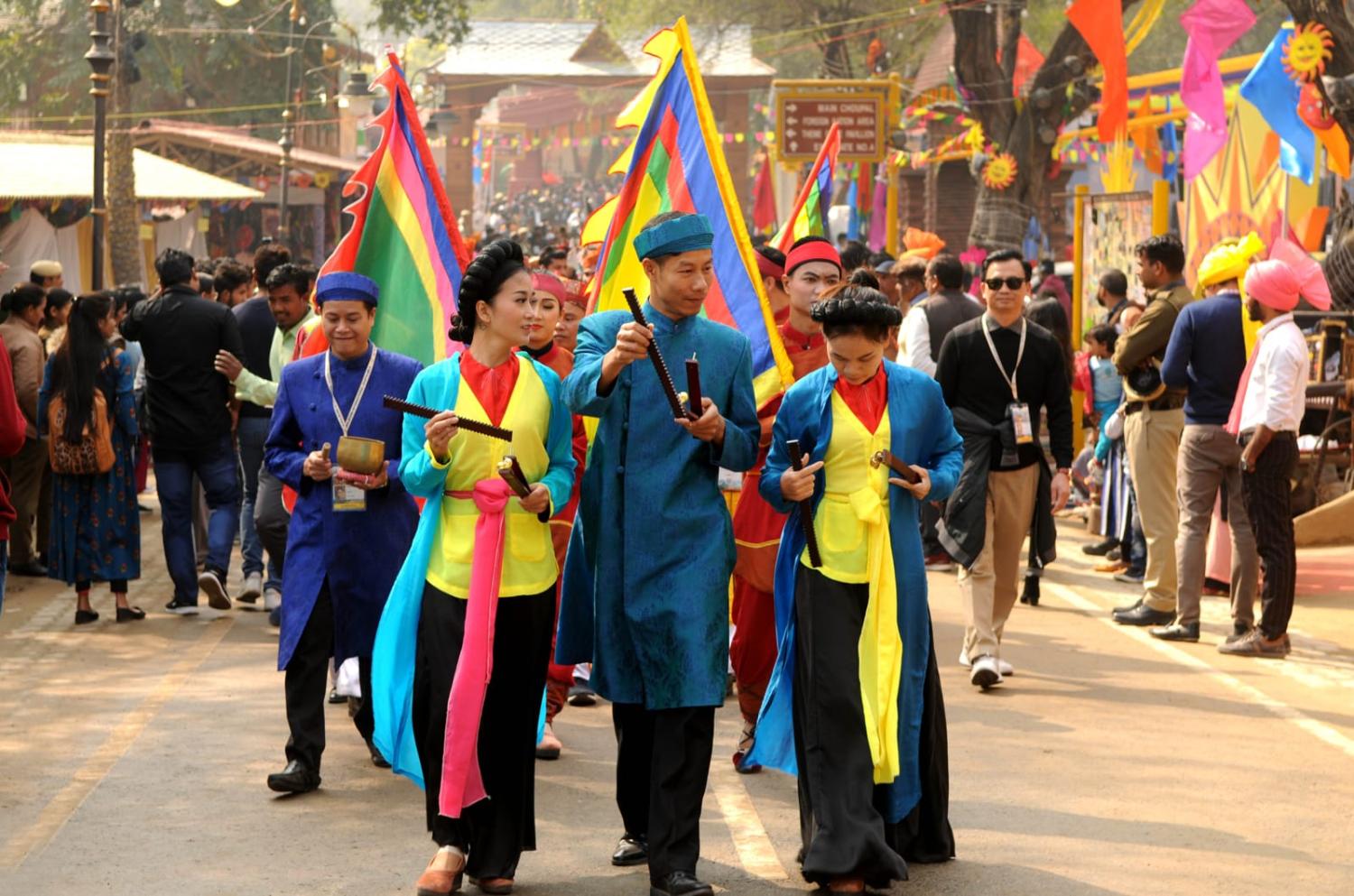Book Review: India-Vietnam Relations: Development Dynamics and Strategic Alignment, by Reena Marwah and Le Thi Hang Nga (Springer Nature, 2021)
In Vietnamese culture dissent is considered impolite, while India’s values argumentation. Coming from different traditions, Reena Marwah and Le Thi Hang Nga have sidestepped cultural misunderstanding by conducting a data-based study of relations between the two countries, leaving opinions to play second fiddle.
The facts are chastening. For example, India is one of only three countries with which Vietnam has a “comprehensive strategic partnership”, but Vietnam sends only vice ministers to India’s National Day receptions. Vietnamese diplomats feel daunted by India’s “complex tasks”, and its “extreme summer and winter”, relegating India to the fifth ranked as a diplomatic destination. Such is the “paradox of excellent political relations at the top level and ineffective or inadequate implementation at lower levels”.
Similarly, Vietnamese visitors are “disappointed” at India’s miniscule Buddhist community, while Indians don’t understand China’s cultural influence. If the Chinese wave is “forceful” and “potent”, and the Indian wave is “peaceful and benign”, how, then, is Vietnamese culture “ring-fenced” by Buddhism and the “Hindu traditions of the Cham people”? Isn’t the Champa culture, spawning an industry in scholarship and preservation of heritage, an elite-level link to balance China’s impact, rather than the beat of ordinary folk? India’s weak cultural imprint fragments into insignificance faced with China’s.

If Vietnam deploys all available instruments to hedge against China (to “cooperate and struggle at the same time”, as Nga tells me), this is most visible in economics. Alas, India falls short in contrast to China. In 2019 China was Vietnam’s largest investor, the authors report, accounting for 27.5 per cent of total registered capital. China’s share of Vietnam’s total trade was 20 per cent in 2017. By contrast, in 2019–20 Vietnam took only 1.6 per cent of India’s exports, according to the authors, while India’s share of Vietnam’s imports was less than one per cent between 2014-18. Cumulative Indian investments in Vietnam are about $2 billion, ranking a lowly 27th. Forget China, India can’t even compete with Vietnam, whose per capita GDP in 2021 was $3,756.50, significantly higher than India’s $2,256.60.
The score appears less uncertain in the political and strategic spheres, but questions remain. India is one of “very few countries” with which Vietnam conducts naval exercises, allowing Indian naval ships to dock in ports other than Halong Bay, including in Cam Ranh Bay. Yet “technical” issues have held back exports of the Brahmos missile, and no Indian prime minister visited Vietnam in 15 years until Narendra Modi’s 2016 visit. The authors should have commented here.
It’s not clear how Vietnam would become an “authentic bolsterer of India in Southeast Asia” when it pivots in the opposite direction. Far from supporting India, my research shows a reluctance to even discuss the border stand-off between China and India in Ladakh. By pursuing a “no offence” strategy, Vietnam in effect accommodates China’s power.
This is where the book suffers, as observant and agnostic but not anchored in a philosophy of Vietnam-India ties. If facts had been given a voice rather than being presented like models on the ramp, a powerful and potent study might have resulted.
Despite the focus of the book on the present, the best information is about the past. For example, in 1945, Subash Chandra Bose’s Provisional Government was permitted to establish a radio station and purchasing mission in Ho Chi Minh City. As South Vietnam’s president, Ngo Dinh Diem, received a warm reception in India in 1957, South Vietnam supported India in the Sino-Indian war of 1962, while North Vietnam supported China. India might have retaliated by voting with Canada and against North Vietnam in the International Control Commission’s special report of 1962, discrediting claims of excessive moralism in India’s foreign policy after independence.
In history lies the seeds to future prosperity.

